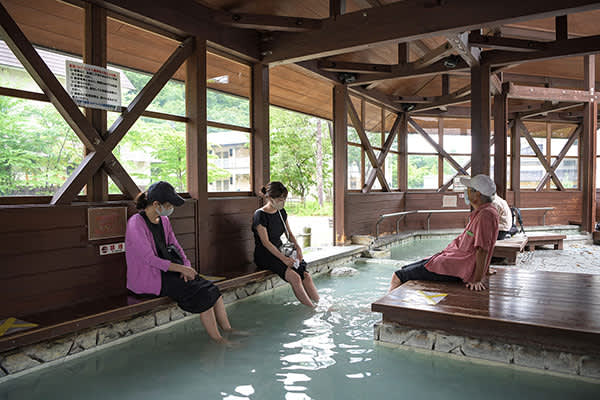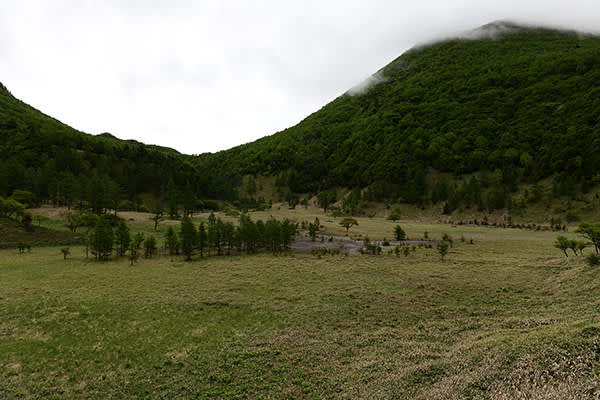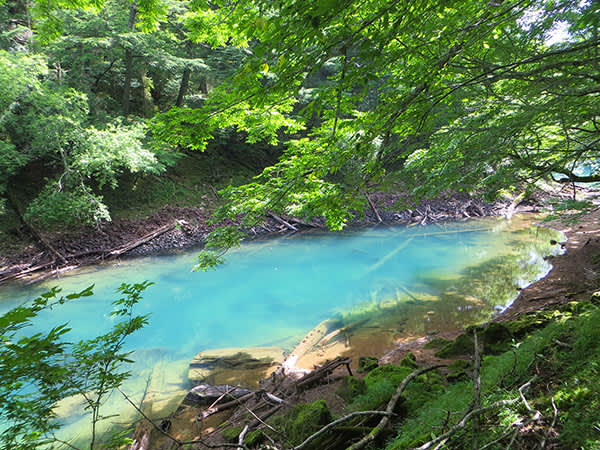These two mysterious lakes are among the most secluded and serene bodies of water in the Okunikko area. Lake Kirikomi and Lake Karikomi were formed when lava blocked the exit of the water flowing from the surrounding mountains many centuries ago. The two lakes are nterconnected except in times of minimal rainfall, and the waters are deep, up to 15 meters in places. No streams or rivers can be seen flowing out of the lakes, so presumably they drain through underground channels.
According to legend, the local people lived in fear of a giant serpent that once called this area home. The revered Buddhist priest Shodo Shonin (735–817), founder of the temples and shrines of Nikko, heard of the harassment and confronted the serpent, slashing it to death and burying its body in the lake waters. The two lakes were named to honor this heroic act: kiri means to cut, kari means to hunt, and komi means to push down.
Relatively few people take this trail, and hikers who make the trek are likely to find themselves alone with the calm emerald waters, surrounded on all sides by thickly forested mountains.

The Trail
The hiking trail is moderately challenging, with trailheads at Yumoto Onsen and Kotoku Onsen. The entire route is approximately 10 kilometers long, climbing about 300 meters. The steep sections with steps near each end of the trail are the most strenuous. It takes an average of three and a half hours to hike the trail—with the lakes about one hour from Yumoto, or two and a half from Kotoku. Most hikers begin at Yumoto and either return there after reaching the lakes, or continue to Kotoku and catch a bus back to Yumoto.








